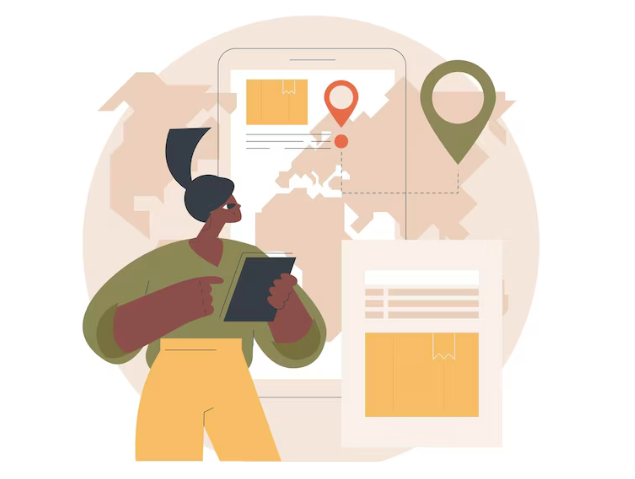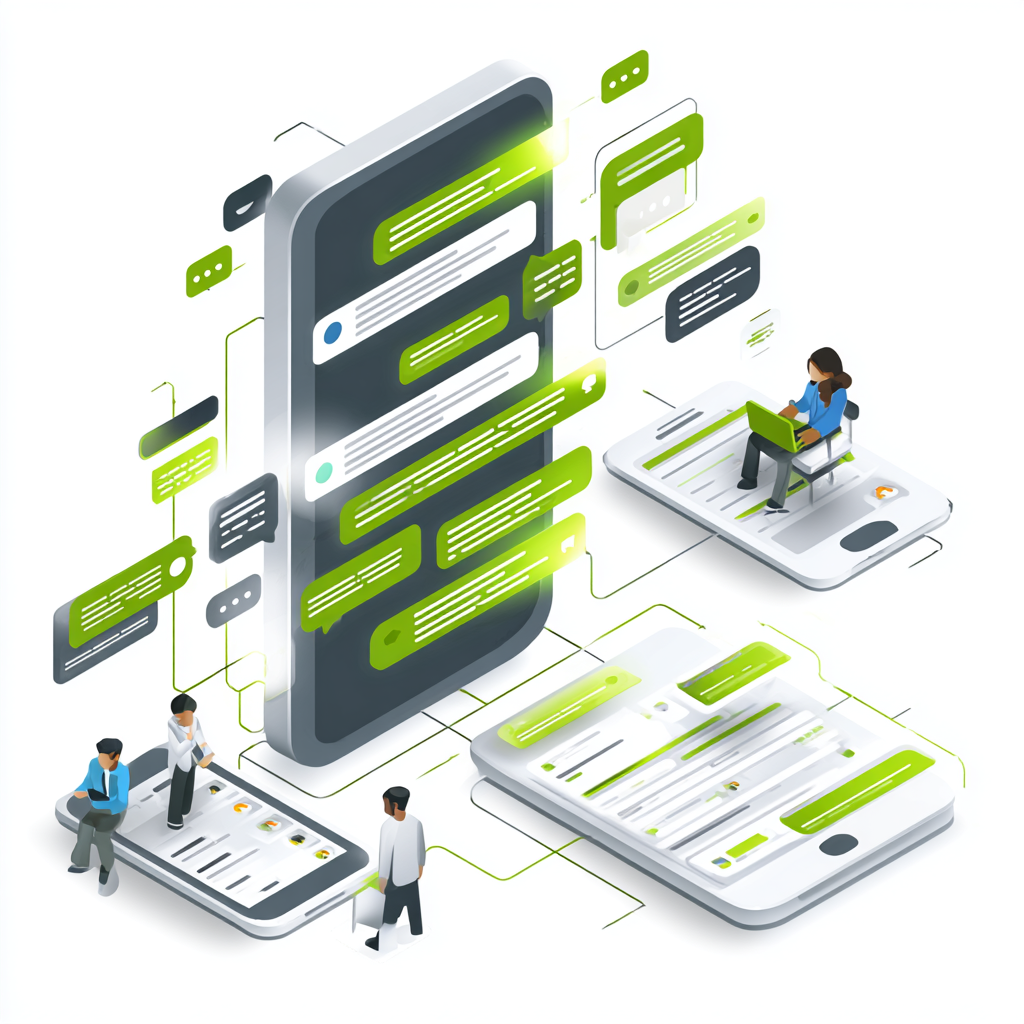Creating outstanding customer experiences does not happen by accident. It starts with empathy, understanding what your customers go through at every step of their interaction with your brand. This is where the customer experience mapping process becomes essential. It provides a clear visual of the customer journey, reveals pain points, and uncovers opportunities for improvement that you might otherwise miss. In this comprehensive guide, we will break down everything you need to know about customer experience mapping, from its purpose and benefits to creating a map, selecting the right tools, avoiding common mistakes, and providing real-world examples that will inspire you to take action. This guide is your roadmap.
What is customer experience mapping?
At its core, the customer experience mapping process involves documenting and visualizing all the customer’s steps when interacting with your brand. It’s a narrative that captures every touchpoint, from discovering your business on social media to purchasing and then reaching out for support. It is not just about what customers do. A good map explores how they feel, what motivates them, and where they face friction. It is a way to walk in your customer’s shoes step by step, emotion by emotion. Think of it as storytelling from the customer’s perspective, supported by real data. It turns abstract insights into concrete actions.
Why is customer experience mapping important?
If your business wants to thrive in a competitive market, understanding your customers is not optional but crucial. Customer experience mapping helps you do just that. Here’s why it is so valuable:
- Builds empathy: It is easy to assume we know our customers. But we often miss the bigger picture unless we step into their shoes. Mapping forces teams to shift perspective and consider real customer emotions and frustrations.
- Solves problems proactively: You can spot people getting stuck, confused, or dropping off in the journey. These insights guide targeted improvements that smooth the path for your users.
- Aligns teams across departments: Customer experience maps serve as a unified reference point for all teams, ensuring a consistent approach to customer interactions. Marketing, sales, product, and support all work from the same understanding of the customer journey, which promotes better collaboration and efficiency.
- Boosts ROI: Happy customers return, spend more, and recommend your brand. Enhancing the customer journey increases loyalty and reduces customer churn, two key levers for driving profitability.
- Drives strategic decisions: From product development to content strategy, CX maps provide actionable data that helps you make smarter, customer-first decisions.
The core stages of the customer experience mapping process
Let’s dive into the nine key steps you should follow when creating your customer experience map:
- Set clear objectives: Before you draw a single line, ask yourself: What are we trying to improve or understand? Defining your goal sharpens your focus and ensures the mapping process drives results.
You might want to:
- Reduce customer complaints
- Improve onboarding
- Understand why users abandon their carts
- Boost engagement post-purchase
- Define your customer personas: You cannot map experiences for everyone all at once. Start with specific personas, realistic representations of your ideal or typical customers. Use surveys, interviews, website analytics, and support tickets to build your personas on actual data, not assumptions.
Include:
- Demographics (age, location, job title)
- Goals (why they use your product)
- Pain points (what frustrates them)
- Behaviors (how they interact with your brand)
- Identify key touchpoints: A touchpoint is any interaction between a customer and your brand. List every touchpoint across the customer journey. This provides a comprehensive view of where and how customers interact with the brand.
These could be:
- Ads they see on Instagram
- Browsing your website
- Speaking to your support team
- Reading confirmation emails
- Using your product or service
- Map the customer journey: Divide the customer journey into stages. Use visuals, such as journey charts or storyboards, to clearly illustrate the experience. A simple structure looks like this:
- Awareness: The customer first becomes aware of you.
- Consideration: They explore your offerings.
- Purchase: They make a decision and make a purchase.
- Onboarding: Users start using the product or service.
- Support: They reach out for help or clarification.
- Loyalty: They return, refer others, or become advocates.
For each stage, map:
- Actions: What does the customer do?
- Emotions: How do they feel?
- Challenges: What’s frustrating them?
- Questions: What are they asking or unsure about?
- Gather data and insights: Data brings your map to life. Combine quantitative data (e.g., analytics, heatmaps, conversion rates) with qualitative feedback (e.g., open-ended surveys, customer interviews, testimonials).
Useful sources include:
- Website behavior tools like Hotjar
- Email open rates and chat logs
- Net Promoter Scores (NPS)
- Social media comments and reviews
- Identify pain points and opportunities: Once your map is drafted, look for:
- Bottlenecks in the process
- Moments of confusion or hesitation
- Emotional low points (e.g., anxiety, frustration)
- Gaps in information or support
Also highlight opportunities to delight customers, such as:
- Sending a personalized thank-you email
- Offering educational content post-purchase
- Providing proactive support before they ask
- Collaborate and validate: Great CX maps are cross-functional. Where possible, validate your findings with real customers. A short interview or survey can confirm whether your map reflects their experience. Involve team members from:
- Marketing (to understand messaging)
- Sales (to explore customer objections)
- Product (to identify usability issues)
- Support (to capture common complaints)
- Implement improvements: Do not let your map sit in a folder. Start with minor, high-impact tweaks. Monitor results, then scale what works. Use it! Prioritize fixes and enhancements based on:
- Impact: Will it significantly improve the customer journey?
- Feasibility: Can you implement the change quickly using existing resources?
- Review and update regularly: Customer expectations are constantly evolving, and so should your map. Schedule a review every quarter or after significant changes, such as launching a new product, updating your website, or shifting your business model. Keep it alive. A static map quickly becomes outdated.
Tools to use for customer experience mapping
You do not have to start from scratch. These tools can help streamline your CX mapping process:
- Customer journey mapping software
- Lucidchart
- Smaply
- Miro
- Survey and feedback tools
- Google Forms
- SurveyMonkey
- Typeform
- Analytics tools
- Google Analytics
- Hotjar
- Mixpanel
- CRM platforms
- HubSpot
- Salesforce
- Zoho CRM
Mistakes to avoid in customer experience mapping
Even the best teams can fall into these traps:
- Skipping customer research: Data and direct feedback are your foundation. Do not rely solely on assumptions.
- Ignoring emotional responses: How customers feel is as important as what they do.
- Creating overly complex maps: Keep it clear and actionable.
- Working in silos: Involve cross-functional teams to get the whole picture.
- Failing to follow through: A map is only valuable if it leads to action.
Benefits of an effective customer experience map
When done well, CX mapping pays off:
- Better customer understanding: See the whole journey, not just isolated interactions.
- Enhanced personalization: Tailor messaging and experiences to individual needs.
- Increased customer satisfaction: Smooth, well-supported journeys build trust.
- Higher conversion rates: Removing friction boosts sales and engagement.
- Stronger team collaboration: Everyone’s aligned around the customer.
Real-world example: Customer experience mapping in retail
A fashion e-commerce brand noticed that although many customers added items to their carts, few completed the checkout process. After mapping the journey, they discovered shoppers were uncertain about fit and sizing. Within three months, conversion rates increased by 18%, and return-related inquiries dropped by 27%. To solve this, they introduced:
- A detailed size guide
- Customer review photos
- Easy return policies
Advanced tips for customer experience mapping
Want to go beyond the basics? Try these:
- Use storytelling: Include real quotes from interviews or customer feedback to humanize the experience.
- Segment journeys by persona: Different people take different paths. Customize accordingly.
- Consider omnichannel flows: A user may start on mobile, conduct desktop research, and make a purchase in-store.
- Add internal touchpoints: Internal handoffs, tech downtime, or slow approvals can also impact experience.
The future of customer experience mapping
CX mapping is not static; it continually evolves with technological advancements and data capabilities. Here’s what is coming:
- AI-powered mapping: Predict customer behavior and personalize in real time.
- Real-time data integration: Sync maps with live data from CRMs and analytics platforms.
- Hyper-personalization: Dynamic maps that adjust based on user actions and preferences. The future is all about making the journey more fluid, predictive, and human-centric.
Embracing a customer-first mindset for lasting impact
Customer experience mapping is more than a business strategy; it is a mindset shift. Instead of asking, “What do we want to tell customers?” we start asking, “What do our customers want and need from us?” This perspective leads to memorable experiences, greater loyalty, and sustained business growth. So do not leave your customer experience to chance. Map it. Understand it. Improve it. That is how you build relationships that last and stand out in today’s crowded market.





